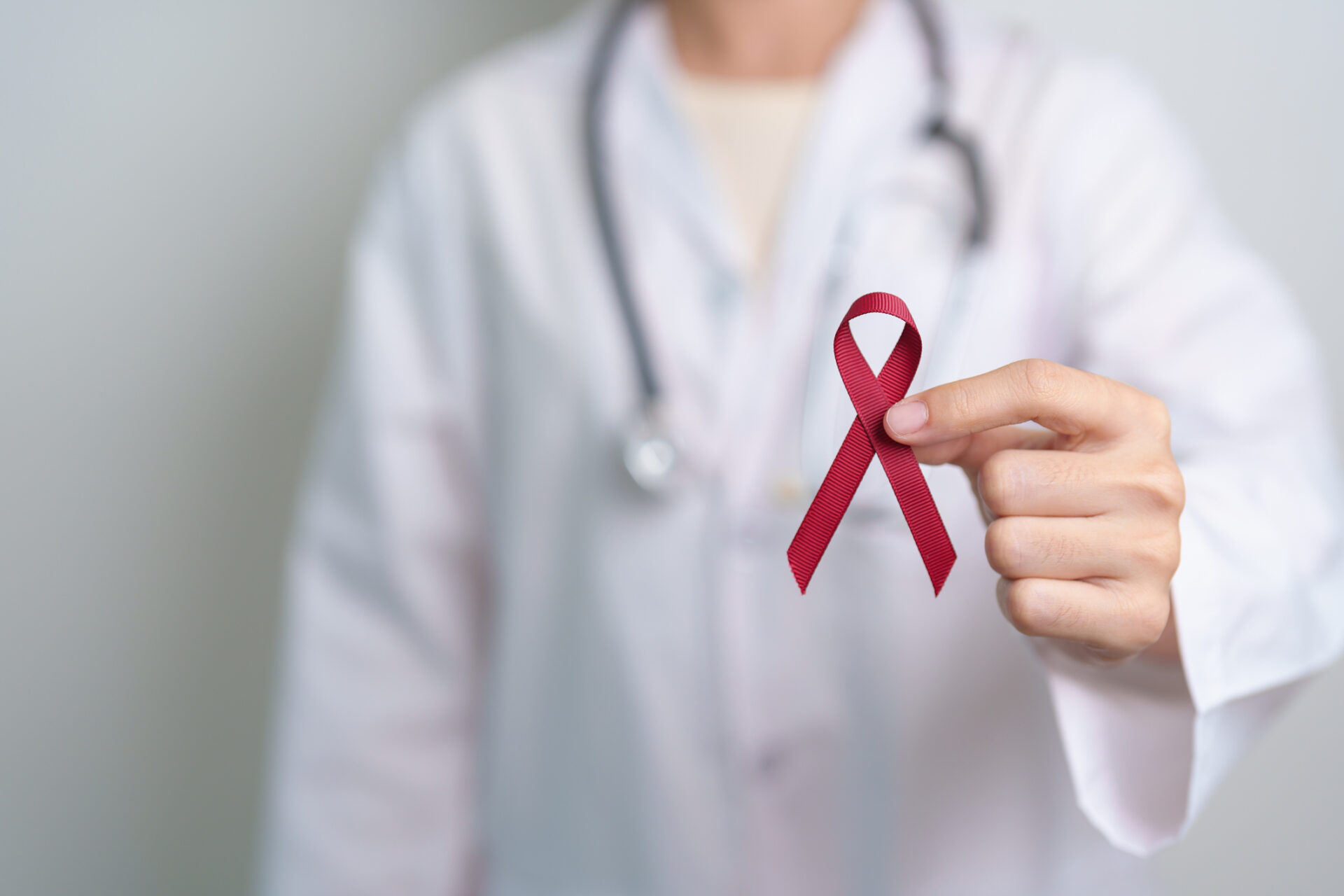World Blood Cancer Day: Is Your Job Making You Sick?
Published on Posted onPlease note that this post was written for Victorian audiences and the information within may not apply to other regions.
World Blood Cancer Day: Is Your Job Making You Sick?
World Blood Cancer Day, on 28 May, shines a light on one of the deadliest and fastest-growing disease groups in Australia. With over 135,000 Australians currently living with a blood cancer or related disorder, and more than 19,400 people diagnosed annually, the human cost is staggering. By 2035, more than 275,000 Australians are expected to be living with a blood cancer or blood disorder, and its incidence has increased by 47% in the past 10 years. Blood cancer claims more lives than breast cancer and melanoma combined, yet its links to workplace exposure remain widely under-recognised. Given that there is no guaranteed way to prevent blood cancer, it is essential to raise awareness of potential risk factors that may increase the likelihood of developing blood cancer, including those that are work-related.
What Are Blood Cancers?
Blood cancers are malignancies that affect the bone marrow, blood, and lymphatic systems. Although there are more than 120 forms of blood cancer, the most common types include:
- Leukaemia – cancer of the bone marrow and blood-forming tissues
- Lymphoma – cancer that begins in the lymphatic system
- Myeloma – cancer of plasma cells in the bone marrow
- Myelodysplastic syndromes (MDS) and Myeloproliferative neoplasms (MPN) – rare bone marrow disorders that affect blood cell production and may develop into leukaemia.
Symptoms may vary depending on the type but often include:
- Unexplained bruising, bleeding or rashes
- Fatigue, weight loss, bone pain or night sweats
- Swelling of lymph nodes or repeat infections
Diagnosis involves blood tests, bone marrow biopsies, imaging, and in some cases, genetic testing. Unfortunately, many blood cancers are incurable, and treatment often involves chemotherapy, radiation, stem cell transplants, or targeted immunotherapies.
When Work Makes You Sick: Occupational Causes
Most people associate blood cancer with genetic or lifestyle factors. However, long-term exposure to certain hazardous substances in the workplace is a proven contributor to the development of blood cancers – sometimes decades after the exposure. According to research, leukemia has the strongest link to work-related hazardous substances.
Please note that only the hazardous risk factors with the strongest empirical evidence are listed below. This does not mean that there is no available evidence for hazardous substances not listed.
Key occupational carcinogens include:
Automotive Gasoline
- Recently announced (in March 2025) as a Group 1 carcinogen by the International Agency for Research on Cancer (IARC), meaning there is sufficient evidence to suggest that automotive gasoline can cause cancer.
- It is commonly used to fuel internal combustion engines in cars and trucks.
- Linked with a form of leukemia – acute myeloid leukemia – characterised by the rapid production of abnormal blood cells.
Benzene
- A Group 1 carcinogen (according to the International Agency for Research on Cancer (IARC)) widely used in fuels, solvents, rubber and plastics manufacturing.
- Linked to leukaemia, lymphoma, MDS, MPN, and myeloma.
- At-risk jobs: mechanics, petrol station attendants, steel and rubber workers, firefighters, taxi drivers.
Formaldehyde
- Found in building materials, pathology labs, and mortuaries.
- Linked particularly to myeloid leukemia.
- At-risk jobs: laboratory workers, embalmers, back-burning personnel, firefighters.
Ionising Radiation
- Occupational radiation exposure increases risk for leukemia, lymphoma, myeloma, and MPN.
- At-risk jobs: radiologists, radiographers, dentists, nuclear workers, customs officers.
Cyclophosphamide
- A chemotherapy drug used in hospitals and vet clinics, with dermal exposure linked to blood cancers.
- At-risk jobs: oncology nurses, pharmacists, veterinarians, cleaners handling medical waste.
Butadiene & Trichloroethylene
- Used in the plastics and rubber industries. These substances are associated with leukaemia and lymphoma.
- At-risk jobs: rubber workers, metal degreasers, electronics recyclers.
Dioxins & Pesticides
- Linked to myeloma and lymphoma, especially in agriculture and waste incineration.
- At-risk jobs: agricultural workers, waste plant operators, pulp and paper mill employees.
Crucially, these exposures often have a latency period of 10–15 years, meaning symptoms may not emerge until long after the initial exposure.
Have You Been Diagnosed With An Occupational Blood Cancer?
If you or a loved one has received a blood cancer diagnosis and suspect your work history may be responsible, you may be entitled to compensation.
It is important to note that primary leukemia is considered to be a presumptive right, applicable to career and volunteer firefighters, under the Firefighters’ Presumptive Rights Compensation and Fire Services Legislation Amendment (Reform) Act 2019, meaning a presumption of work-relatedness may apply.
Workers diagnosed with an occupational cancer may be entitled to compensation that can cover:
- Weekly loss of income benefits
- Medical and like expenses
- Impairment Benefit
- In some circumstances, damages for pain and suffering and loss of earnings.
- You may also be entitled to other benefits regardless of whether you qualify for WorkCover compensation, including total and permanent disablement benefits from your superannuation policy.
If you think you have an occupational blood cancer, see your general practitioner or specialist to determine if it may be due to the nature of your employment. It is important that you give an occupational history.
Given that the period between exposure and the onset of symptoms can be lengthy, early preventative measures and detection is highly recommended. If you believe you have signs of an occupational blood cancer or any other illness that stems from your working conditions, you can contact us for a No Fee, Obligation appointment.
Zaparas Lawyers is one of Victoria’s top personal injury law firms.
We operate on a No Win, No Fee basis. Contact us today for your free initial appointment.
We’re here to help
Tell us a little bit about your situation and our friendly team will be in touch.


